Gross domestic product (GDP) in the first quarter of 2025 increased by 6.93%, of which: Agriculture, forestry and fishery increased by 3.74%; Industry and construction increased by 7.42 percent; Service sector increased by 7.70%. The main growth driver was final consumption, which increased by 7.45% over the same period, contributing the most to GDP growth (68.9%); investment (asset accumulation) increased by 7.24%, the highest growth in 8 years.
Impressive economic growth in the first quarter of 2025
The first quarter of 2025 has passed in the context of complex and unpredictable developments in the world; escalating trade tensions, affecting import and export activities of countries around the world, causing the risk of disruption of production and supply chains. In addition, natural disasters and climate change have caused serious consequences; risks to energy security, food security, cyber security, etc. have increased. In the context of weakening growth and falling inflation, many countries have loosened monetary policies to support growth.
Vietnam is a developing country with a modest economic scale, low starting point, and high openness, so fluctuations in the world can affect our economy. From the beginning of the year, the Government and the Prime Minister have strongly directed ministries, branches, and localities to focus on implementing Resolution No. 01/NQ-CP, Resolution No. 25/NQ-CP, and related documents. Ministries, branches, and localities have closely monitored fluctuations in the world and domestic economic situation, and at the same time made efforts to carry out tasks and solutions to achieve the set goals.
Gross domestic product (GDP) in the first quarter of 2025 increased by 6.93%, of which: The agriculture, forestry and fishery sector increased by 3.74%, contributing 0.43 percentage points to the total added value of the whole economy; The industry and construction sector increased by 7.42%, contributing 2.87 percentage points; The service sector increased by 7.70%, contributing 3.83 percentage points.
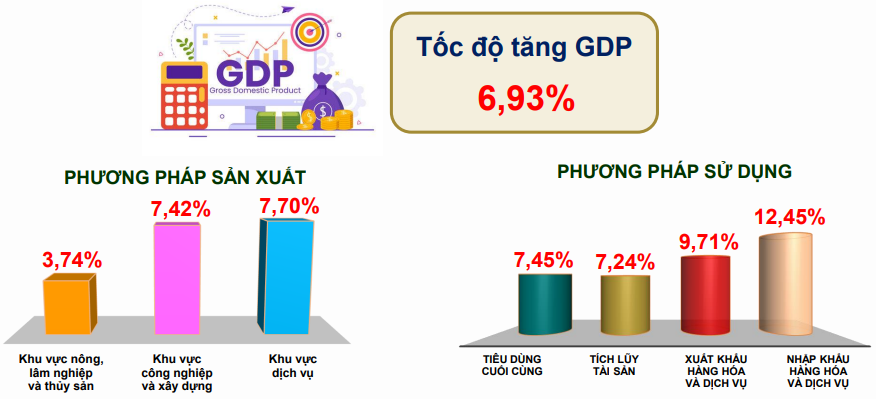
Agricultural, forestry and fishery production achieved quite positive results with an increase of 3.74%, of which agricultural production increased by 3.53% due to a fairly good increase in perennial crops and stable livestock (increased pig and poultry); forestry production increased by 6.76% due to an increase in newly planted forest area and exploited timber, and exploitation and aquaculture increased by 3.98%.
This result is thanks to the state's support policies for farmers such as: preferential loans with low interest rates; promoting the application of science and technology, innovation to improve productivity and product quality; constantly developing agricultural and rural infrastructure to create favorable conditions for agricultural development; promoting trade promotion, expanding the consumption market for agricultural, forestry and fishery products from traditional markets of China, the United States, Japan and the EU to new markets such as Africa, Hala... Thanks to that, the quality of Vietnam's agricultural, forestry and fishery products is increasingly improved and known in many countries around the world.
The industrial and construction sector in the first quarter achieved a fairly good growth rate (7.42%), the added value of the industry increased by 7.32%, of which the processing and manufacturing industry increased by 9.28%; electricity production and distribution increased by 4.60%; water supply; waste and wastewater management and treatment increased by 8.81% and mining decreased by 5.76%. The construction industry has had positive changes with the added value growth rate in the first quarter of 2025 reaching 7.99%.
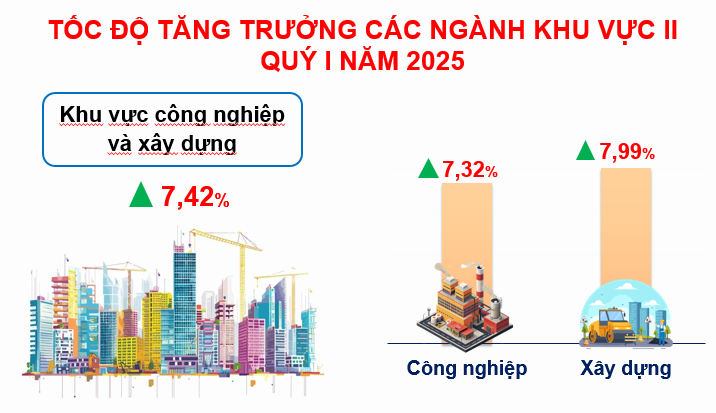
The processing and manufacturing industry has accelerated strongly since February (IIP in February increased by 19.7%, in March increased by 10.2%, and in the first 3 months increased by 9.5%); many localities recorded strong recovery and growth of this industry, especially in fields such as electronics, pharmaceuticals, rubber, plastics, mechanics and food; many processing and manufacturing industries have advantages in strong export growth such as: Textiles, footwear; electronics, computers and components; machinery and equipment. The processing and manufacturing industry grew well thanks to the increase in world trade in goods, increasing demand for goods, creating favorable conditions for export activities and the Government's support and incentive policies to encourage domestic production and consumption of products.
The positive growth of the construction industry is the result of the Government's drastic direction to accelerate the implementation of public investment projects right from the first months of the year, which has boosted the production activities of enterprises and infrastructure construction contractors. Policy obstacles have been resolved, financial and monetary support policies continue to be applied such as a 2% reduction in VAT rates, and solutions have been implemented synchronously to facilitate credit institutions in providing credit, maintaining lending interest rates at a reasonable level, creating favorable conditions for people and enterprises to access credit to promote production and business activities to recover and develop.
The growth of the service sector in the first quarter of 2025 reached 7.70%, contributing the most to the overall growth of the entire economy. Sectors with good growth include: Wholesale and retail; repair of automobiles, motorcycles, motorbikes and other motor vehicles (7.47%); Accommodation and catering services (9.31%); Warehousing and transportation (9.90%) recorded high growth in both passenger and cargo transport; Administrative activities and support services (12.57%); activities of the Communist Party, socio-political organizations, State management, national defense and security, compulsory social security (9.65%); Education and training sector (9.28%).
Picture with 5 bright spots
Vietnam's economy in the first quarter of 2025 has 5 (five) bright spots. Firstly, the Party and State will promote institutional breakthroughs, streamline the organization and apparatus, adjust local administrative boundaries according to the 2-level model; proactively respond to the US tariff policy, strive to achieve growth targets, and stabilize the macro economy.
Regarding institutional breakthroughs, streamlining of organization - apparatus and administrative boundaries, central ministries and branches have basically completed the merger, continued to streamline and come into operation from March 1; the plan to adjust local administrative boundaries according to the 2-level model has been actively implemented (expected to be completed at the commune level before June 30, 2025 and at the provincial and city level before August 30, 2025). In Q1/2025, the National Assembly and the Government passed 4 Laws, 42 Decrees, 50 Resolutions, 456 Decisions and 10 Directives on socio-economic development (in which striving to achieve GDP growth of 8% or more, control inflation (average CPI) at 4.5-5% in 2025, ensure major balances of the economy; breakthrough mechanisms and policies for science and technology development, innovation, digital transformation, promote the implementation of important infrastructure projects, promote the establishment of international financial centers, develop the private economy...
The highlight is to respond to the new US tariff policy and international economic integration, the Government has proactively implemented many solutions such as establishing a Working Group on enhancing cooperation, proactively adapting to the US economic and trade policies; reducing import taxes on 23 groups of imported goods, many of which have a tax rate of 0% (Decree No. 73/2025/ND-CP dated March 31, 2025); increasing imports of goods from the US; meeting and working with US management agencies to negotiate a reduction in reciprocal tax rates with Vietnam (currently expected at 46%), establishing a Negotiation Working Group; directing the strengthening of control over the origin of goods, diversification, and increasing the self-reliance and self-reliance of the economy and enterprises...
Regarding fiscal and monetary policies, fiscal policy continues to be expanded reasonably, with focus and key points, including promoting disbursement of public investment capital, striving to disburse public investment to reach 100% of the plan assigned by the Prime Minister, continuing the policy of deferring and postponing tax and land rent payments, reducing VAT by 2% until the end of June 2025 (expected to submit to all levels for permission to continue this policy until the end of 2026). Monetary policy is operated in a proactive, flexible, timely, effective direction, closely coordinated and harmonious with fiscal policy in the direction of promoting growth while still ensuring macroeconomic stability, controlling inflation according to targets and investment quality, credit quality, etc.
Second, GDP growth in Q1/2025 is the highest in the first quarter in 6 years but still lower than the plan according to Resolution 01/NQ-CP; the macro economy is basically stable; major balances are ensured: GDP growth in Q1/2025 reached 6.93%, the highest growth rate in Q1 in 6 years but still lower than the plan according to Resolution 01/NQ-CP. Accordingly, both supply and demand drivers achieved positive results but showed signs of slowing down.
On the supply side, the main growth drivers were the processing and manufacturing industry and services (up 9.28% and 7.7% respectively), contributing 82.2% to the overall growth rate. In addition, agriculture recovered quite well (up 3.74%, the highest over the same period in 7 years), contributing 0.43 percentage points (6.24%) to the overall growth rate, contributing to ensuring food security, stabilizing prices of essential goods, curbing inflation, and increasing agricultural, forestry and fishery exports (reaching 15.7 billion USD, up 13.1% over the same period).
On the demand side, the main growth driver was final consumption, which increased by 7.45% year-on-year, contributing the highest to GDP growth (68.9%), the highest growth and contribution in 8 years; investment (asset accumulation) increased by 7.24%, the highest growth in 8 years, contributing 37.6% to GDP growth, while net exports of goods and services increased by 9.71%, contributing 6.46% to the overall growth.
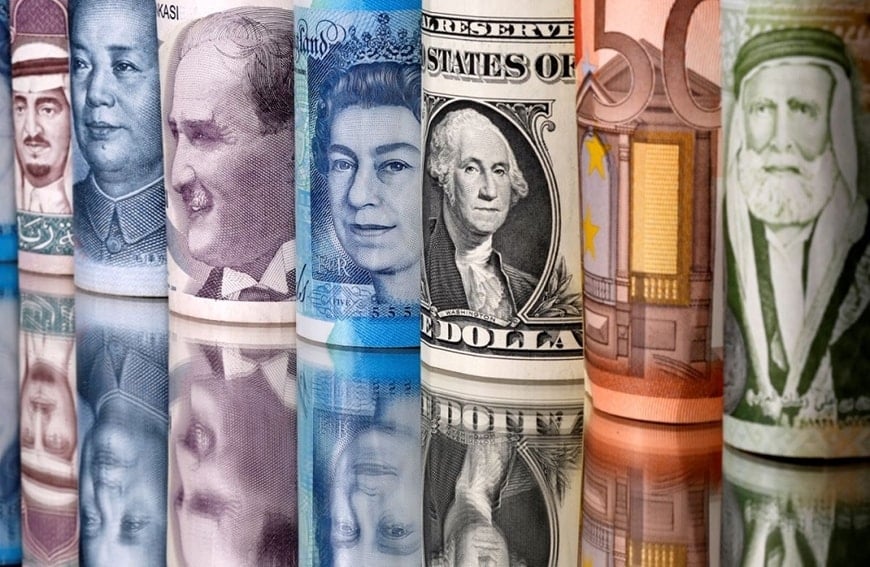
Of which, the import and export of goods in the first quarter reached 202.52 billion USD, up 13.7% over the same period last year, of which exports increased by 10.6%, imports increased by 17%; the trade balance of goods had a surplus of 3.16 billion USD. The import and export of services reached 16.8 billion USD, up 22.9%, the trade balance of services had a deficit of 1.64 billion USD, causing the net export of goods and services to reach only 1.52 billion USD.
FDI attraction and disbursement increased positively, with registered FDI capital reaching 10.98 billion USD, a sharp increase of 34.7% over the same period; disbursed FDI capital is estimated at 4.96 billion USD, an increase of 7.2% - the highest disbursement level in 7 years. Along with that, private investment recovered, increasing by 5.5%, higher than the 4.8% increase in the same period in 2024, but much lower than before the pandemic (up 13.6%). Disbursement of public investment reached 13.5% of the annual plan and increased by 19.8% over the same period last year (the first quarter of 2024 was equal to 12.5% of the annual plan and increased by 3.6%).
Consumption continues to recover, tourism increases strongly, with total retail sales of goods and services in Q1/2025 increasing nominally by 9.9%, real by 7.5% (thanks to the strong increase in tourist arrivals and recovery in personal consumption). Vietnam welcomed 6.02 million international visitors, up 29.6% over the same period in 2024; domestic visitors are estimated at 35.5 million, up 1.6%; total tourism revenue (including travel and accommodation and catering services) is estimated at VND 221.6 trillion, up 17.3% over the same period in 2024.
Third, the macro economy is basically stable, inflation is well controlled: the average consumer price index (CPI) in Q1/2025 increased by 3.22%, the average core inflation increased by 3.01% over the same period in 2024, lower than the overall inflation rate (3.22%) mainly due to the effect of increasing prices of goods managed by the State (electricity prices, wages, medical and educational services, etc.) and demand-pull pressure (credit growth in Q1/2025 is estimated at 3.5%, much higher than the 1.42% of Q1/2024, public and private investment disbursement both increased positively as mentioned above); In which, 6 groups of goods: medicine and medical services, other goods and services, housing and construction materials, food and catering services, beverages and tobacco, culture, entertainment and tourism had the highest increase (2.2-14.4% over the same period) and contributed 94% to the overall CPI increase.
Fourth, the basic interest rate is stable, credit is positive, and exchange rate increases are under control: the average lending interest rate for new and old loans in VND is at 6.7-9%/year, slightly down from the end of 2024, mainly due to credit institutions promoting the implementation of preferential credit packages in response to the call of the Government, the State Bank of Vietnam and stimulating credit demand. Credit is estimated to increase by 3.5% compared to the end of 2024 thanks to the recovery of investment, consumption and real estate market activities. Interbank exchange rates increased by about 2.1%, mainly due to the State Bank proactively adjusting the foreign currency selling price, accepting a stronger fluctuation in exchange rates while maintaining low interest rates to support economic growth. However, the exchange rate increase remains under control thanks to stable foreign currency supply from FDI attraction, international tourism and trade surplus, and the USD in a depreciating trend.
Fifth, the State budget revenue increased significantly along with the recovery of production, consumption and import-export (XNK): the State budget revenue is estimated to reach 36.7% of the annual estimate, up 29.3% over the same period in 2024 thanks to the recovery of production, consumption and import-export as well as the diversification of revenue sources, creating room for implementing the expanded CSTK and serving the ongoing salary reform and streamlining of the organization and apparatus. However, it should be noted that the State budget expenditure is only 16.8% of the annual estimate, up 11.6% over the same period in 2024, mainly due to new development investment expenditure reaching VND 78.7 trillion, equal to 10% of the annual estimate, down 2.5% over the same period (mainly due to improved public investment but still slow and uneven).
Source: https://baodaknong.vn/buc-tranh-sang-mau-cua-nen-kinh-te-viet-nam-trong-quy-i-2025-249261.html



![[Photo] General Secretary To Lam receives French Ambassador to Vietnam Olivier Brochet](https://vstatic.vietnam.vn/vietnam/resource/IMAGE/2025/4/17/49224f0f12e84b66a73b17eb251f7278)
![[Photo] Promoting friendship, solidarity and cooperation between the armies and people of the two countries](https://vstatic.vietnam.vn/vietnam/resource/IMAGE/2025/4/17/0c4d087864f14092aed77252590b6bae)
![[Photo] Nhan Dan Newspaper announces the project "Love Vietnam so much"](https://vstatic.vietnam.vn/vietnam/resource/IMAGE/2025/4/17/362f882012d3432783fc92fab1b3e980)
![[Photo] Closing of the 4th Summit of the Partnership for Green Growth and the Global Goals](https://vstatic.vietnam.vn/vietnam/resource/IMAGE/2025/4/17/c0a0df9852c84e58be0a8b939189c85a)
![[Photo] National Assembly Chairman Tran Thanh Man meets with outstanding workers in the oil and gas industry](https://vstatic.vietnam.vn/vietnam/resource/IMAGE/2025/4/17/1d0de4026b75434ab34279624db7ee4a)

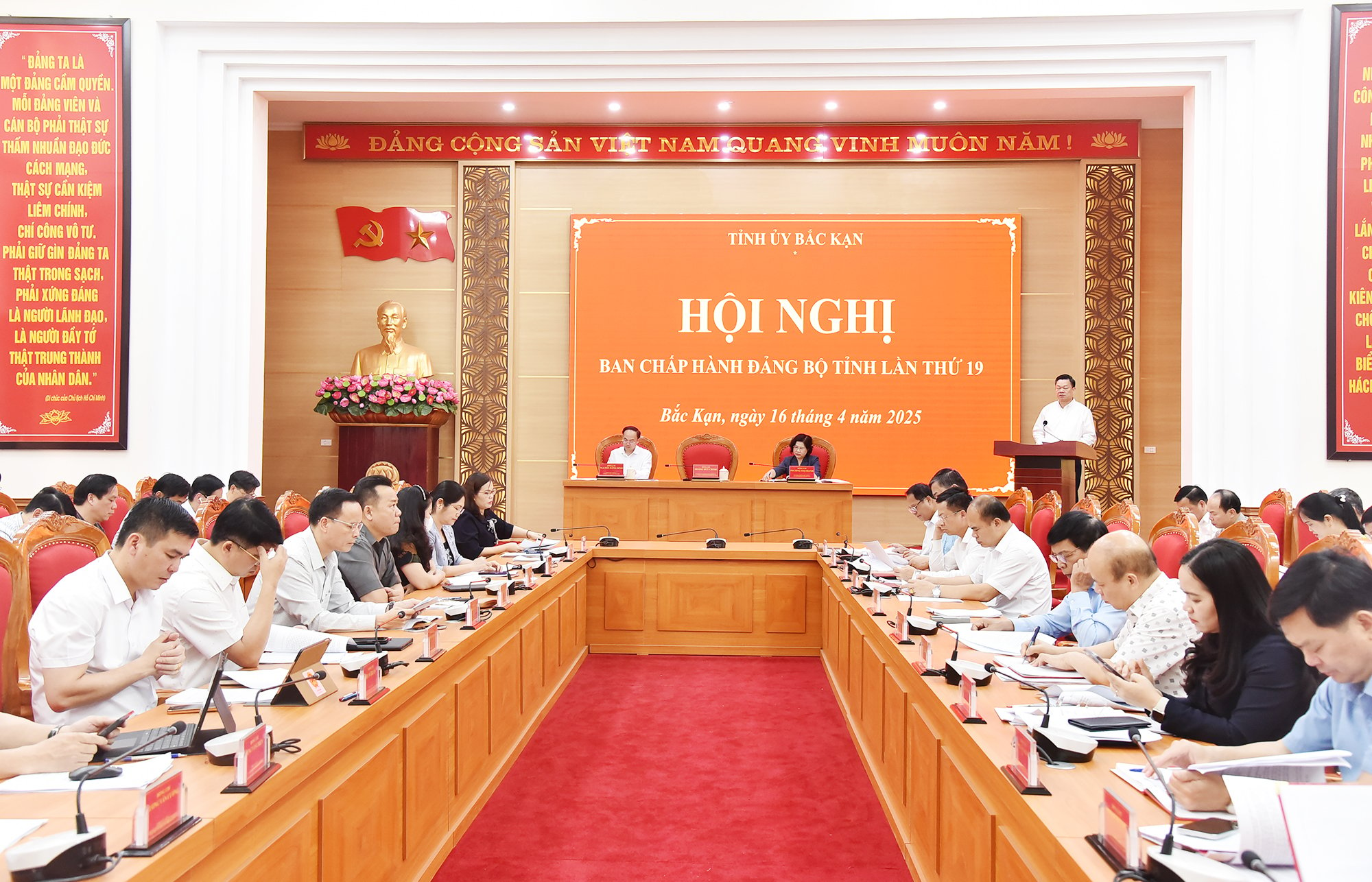

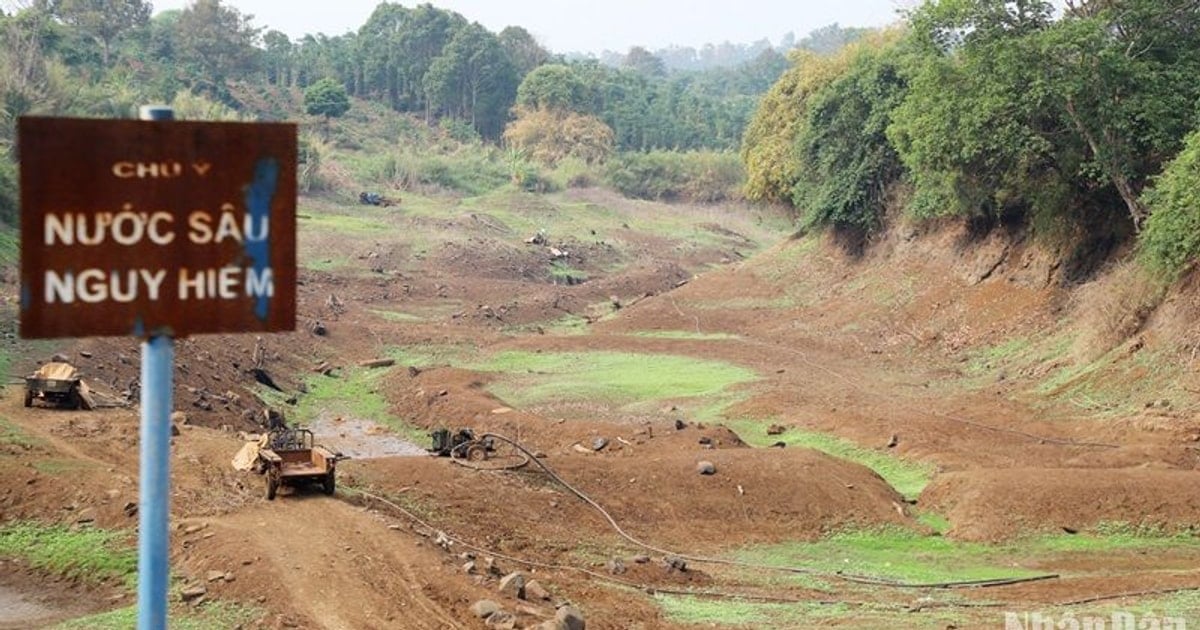
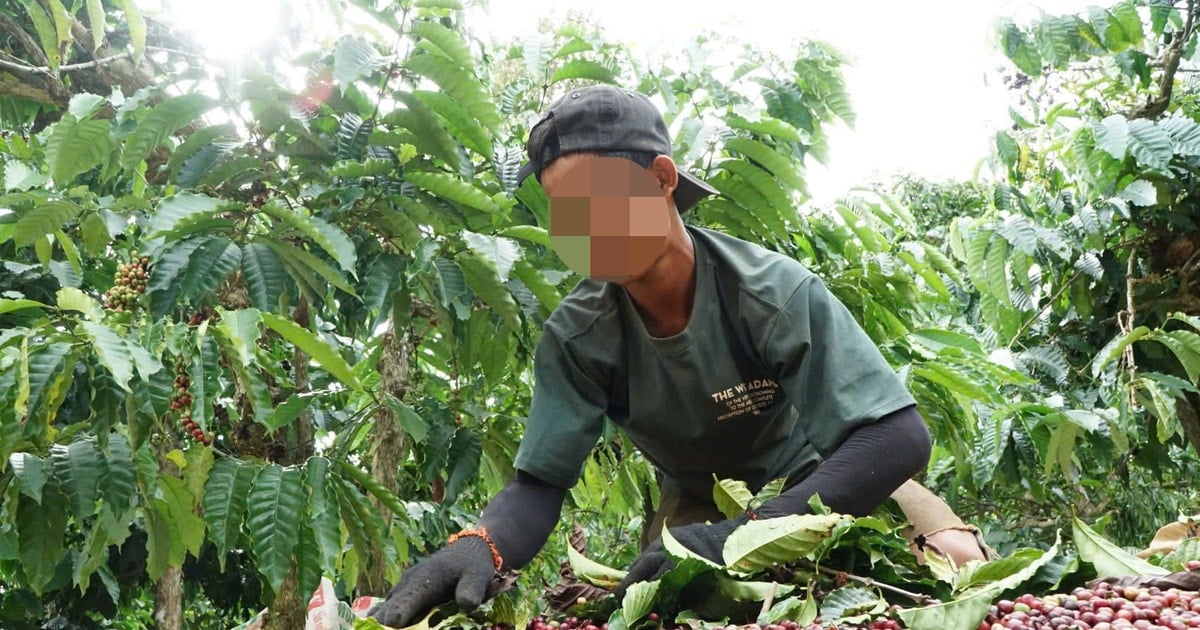






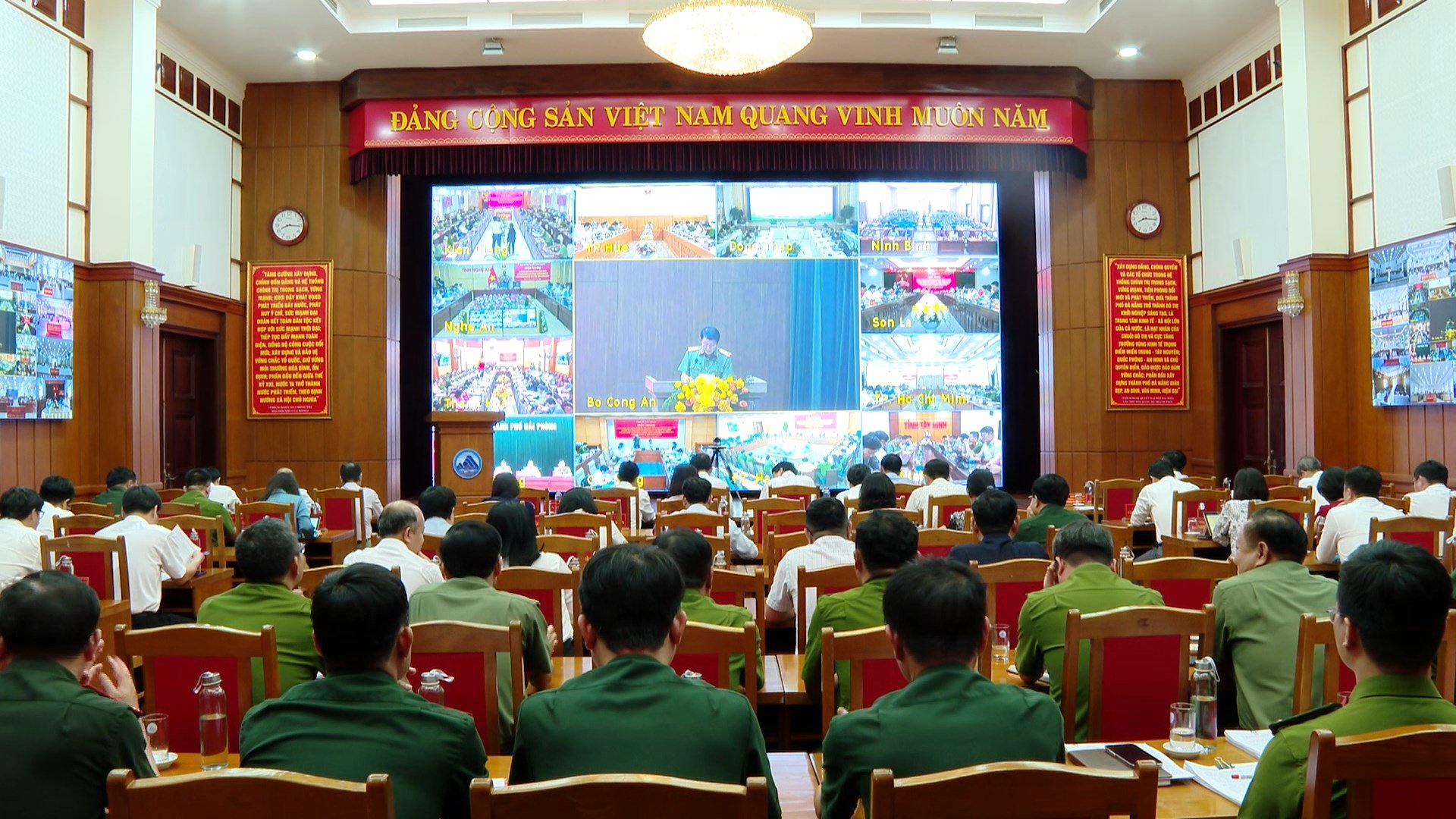



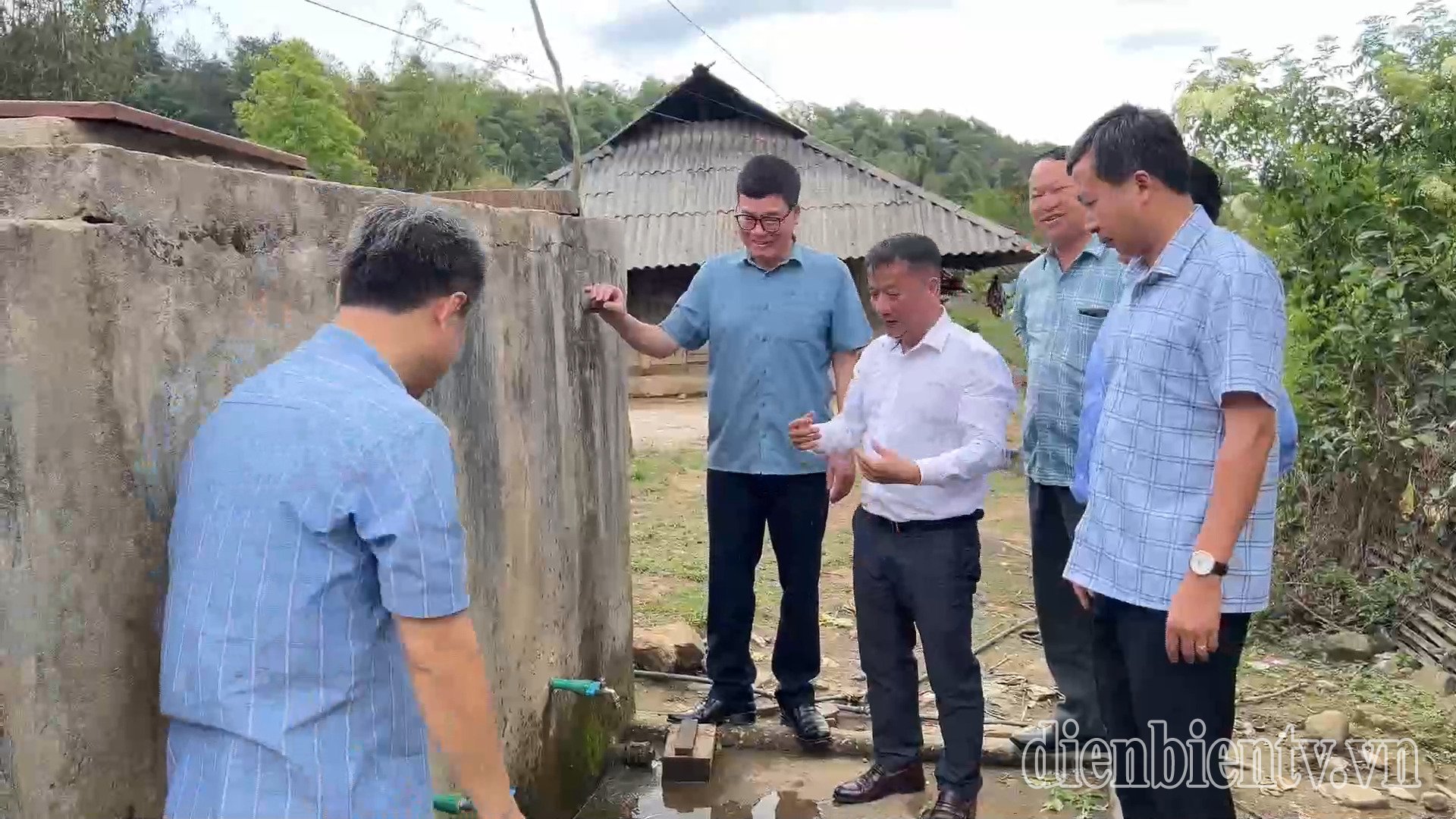
![[Photo] Welcoming ceremony for Chinese Defense Minister and delegation for friendship exchange](https://vstatic.vietnam.vn/vietnam/resource/IMAGE/2025/4/17/fadd533046594e5cacbb28de4c4d5655)




























![[Video] Viettel officially puts into operation the largest submarine optical cable line in Vietnam](https://vstatic.vietnam.vn/vietnam/resource/IMAGE/2025/4/17/f19008c6010c4a538cc422cb791ca0a1)
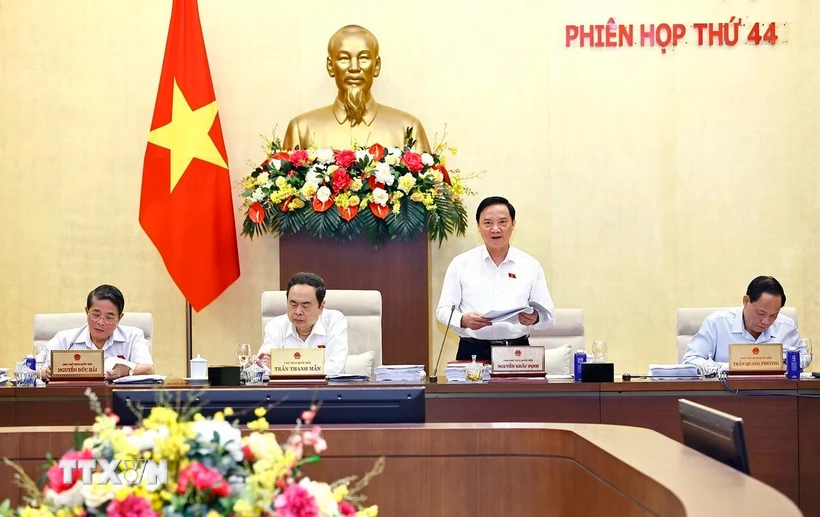
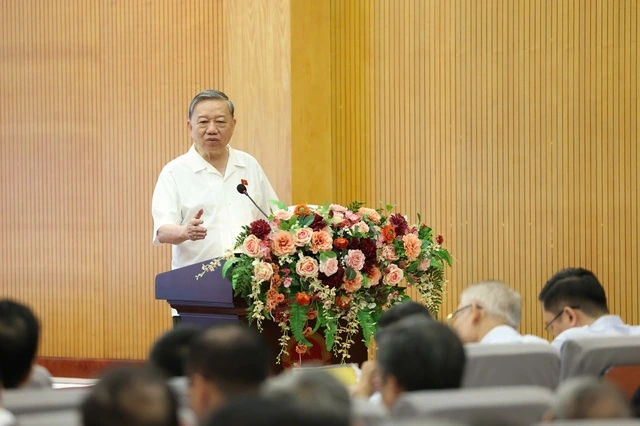




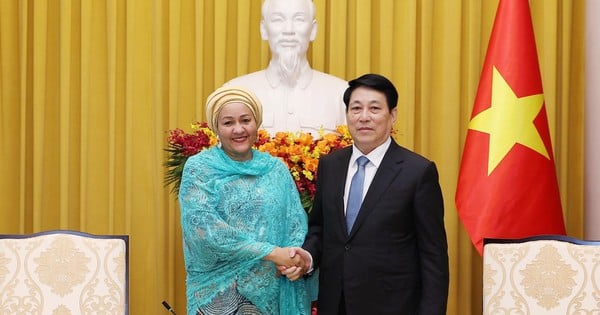
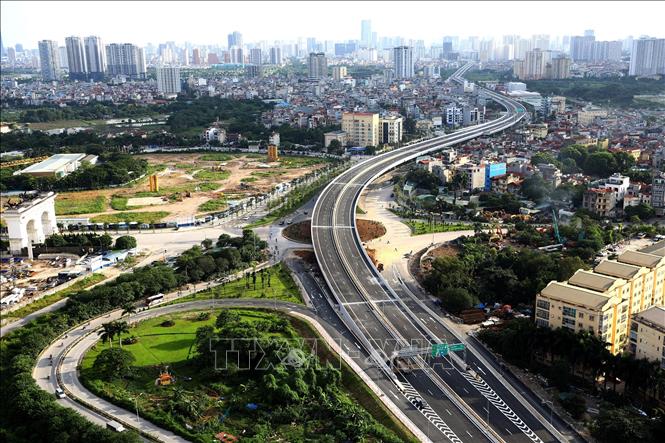



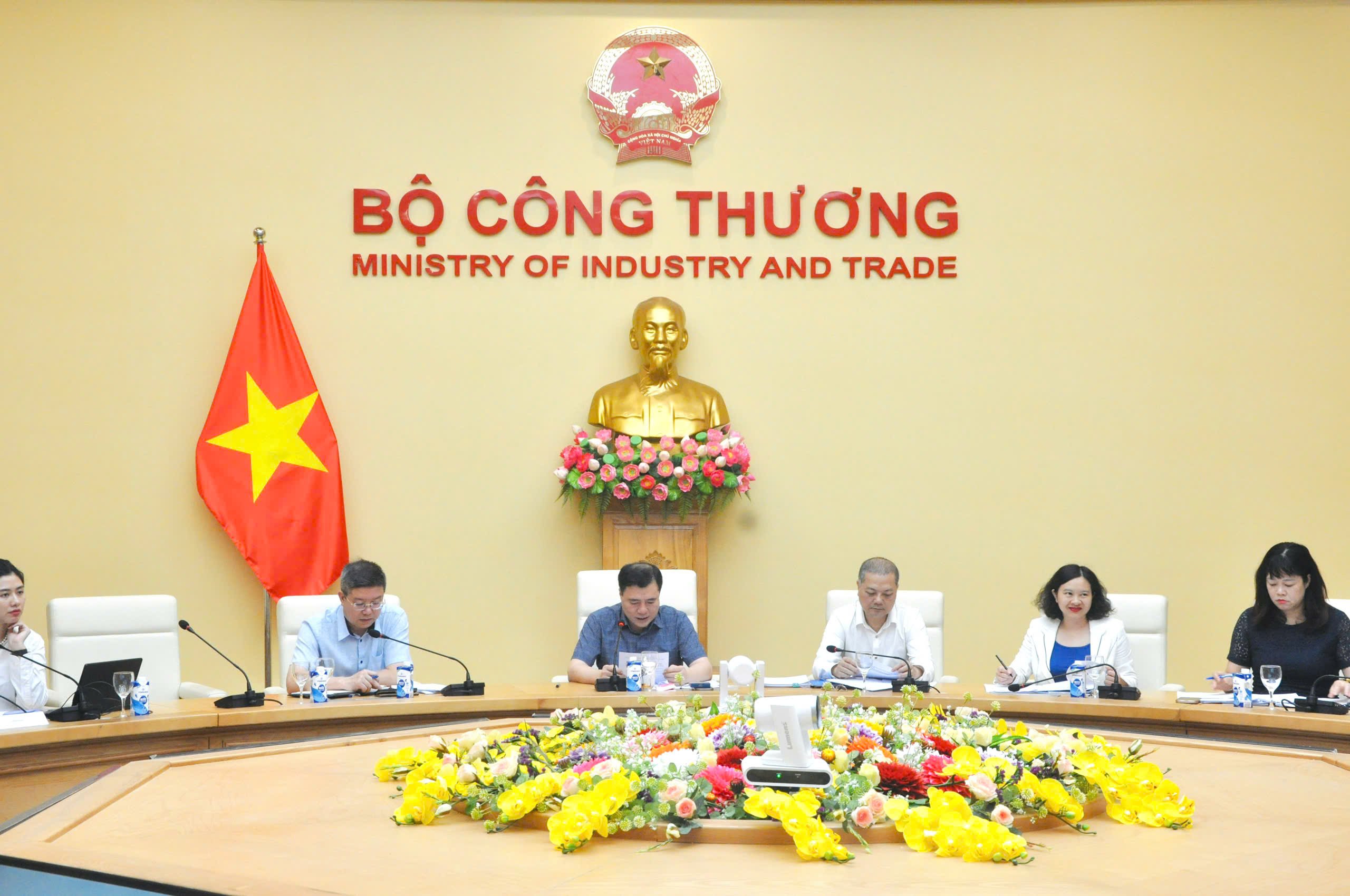

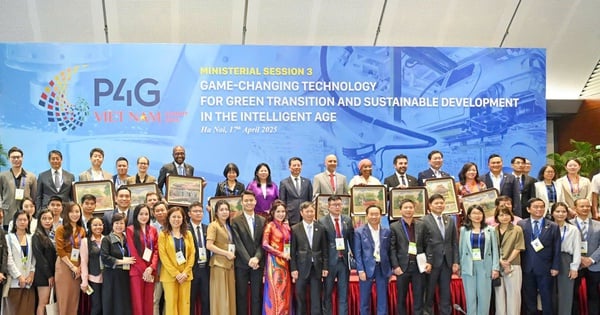

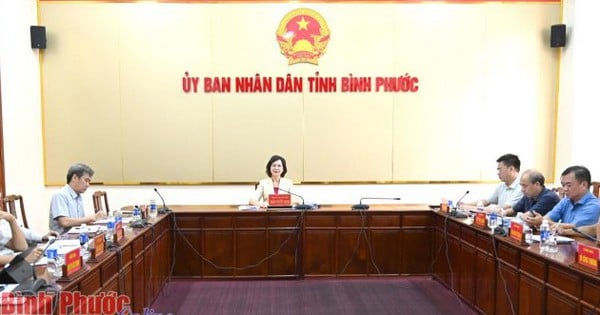











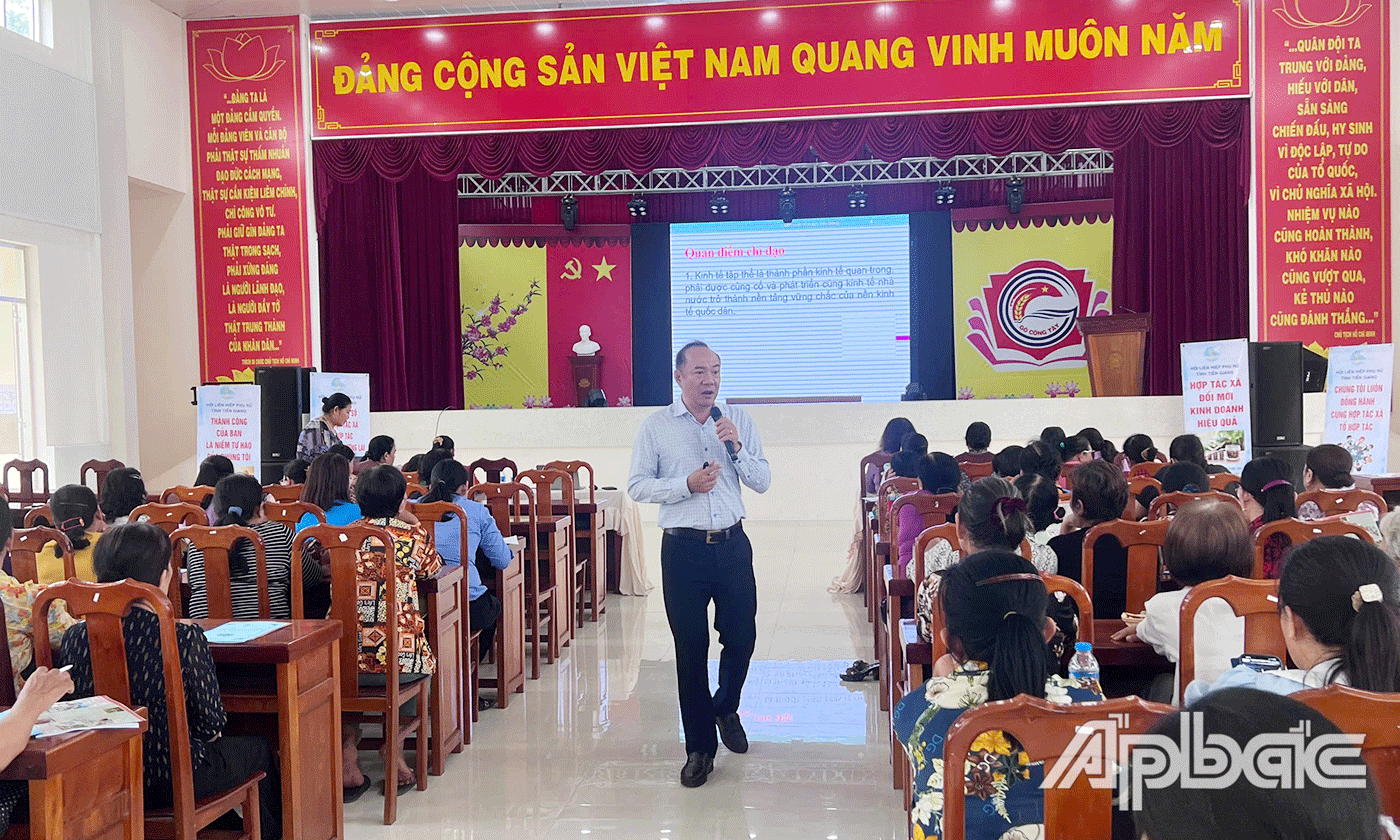
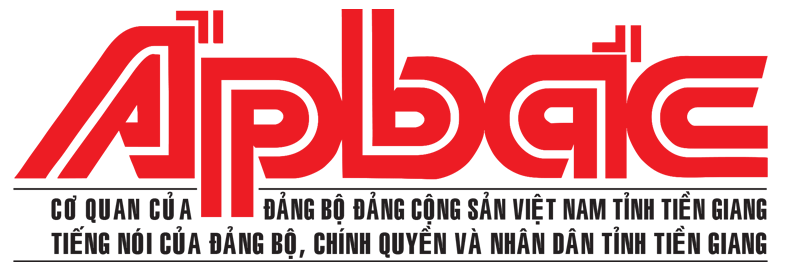











Comment (0)